|
These are some of the most heart-rending pieces of famous classical music ever written… 1. Giacomo Puccini - Sono andati? (from La Boheme) Because this is an opera, someone has to die. Unfortunately for poor Mimi in Puccini's La Boheme, it's her. Not only is she separated from her true love, riven with consumption and hacking into her hanky like an audience member in Who Wants To Be A Millionaire?, she's also decided that Rodolfo is her one true love - here, the two of them reminisce as Mimi meets her tragic end… 2. Wolfgang Amadeus Mozart - Requiem Mass in D minor It'd be nice to think that the rather more dramatic scene depicted in Amadeus , where Mozart on his death bed blurts out his last ever composition to an eagerly transcribing Salieri, was exactly how it happened. However, it's widely accepted now that it was a rather more sedate affair - Mozart slipped away in the night, and a fellow composer, Franz Sussmayr, assembled the broken fragments and finished it off (in fact, he actually did most of the work on the piece). 3. Samuel Barber - Adagio for Strings You might know this one from some of the key scenes in Oliver Stone's less-than-cheery Vietnam epic Platoon . You might also know it from how it makes you want to curl up on the kitchen floor and sob into a dishcloth. 4. Tomaso Albinoni - Adagio in G minor It's a staple here at Classic FM, but to do justice to Albinoni's Adagio you really do have to put your headphones in, imagine life in sepia and think back to that time the family pet was put down. 5. Johann Sebastian Bach - Come, Sweet Death With a title like that, it's unlikely that you'll be skipping down the street with this pumping from your iPod. No, we recommend some dark clothing, a stiff drink and possibly some more gentle sobbing. 6. Edward Elgar - 2nd Movement, Serenade for Strings Even if it doesn't, this belter of a second movement is premium lip-wobbler material. Watch out for the tingly high strings in the middle. Hankies at the ready... 7. Henryk Gorecki - Symphony of Sorrowful Songs If any piece deserves the label 'modern classic', it's this. Gorecki used the words etched into the walls of a Gestapo prison by an 18 year old girl during the Second World War as his inspiration, and the results are as chilling as they are moving. 8. Henry Purcell - Dido's Lament (When I Am Laid In Earth, from Dido and Aeneas) No, it's not an account of the popular late-90s singer's descent into obscurity, it's actually one of Henry Purcell's most poignant compositions. Taken from his opera Dido and Aeneas, it comes as Dido (not that one) is preparing to face her imminent death.
0 Comments
Classical music is in trouble, and there are well-known reasons why. We have an aging audience, falling ticket sales, and — in part because our audience is shrinking — persistent financial woes. And behind the numbers lies a deeper problem. Classical music has grown distant from our wider culture. We don’t connect well with the world. Most of the music we play is from the past, while the people around us are connecting with the culture and concerns of the present. No wonder, then, we’re losing our funding and our audience. But we’re changing — dressing more informally, playing in clubs, talking to our audience at concerts, in a thousand ways moving closer to the world around us, beginning to adapt to the present day. And so I don’t think classical music will die. I expect it be reborn, to find a new audience, to reconnect with our wider culture, and to become a truly contemporary art. About the ways classical music will change… The changes will be large. And — I say this with sympathy — very likely troubling, for some who deeply love classical music the way it is now. But the old ways aren’t sustainable. Classical music can’t survive without major change. Here are some of the changes I anticipate: We’ll perform less music from the past, most likely much less. We’ll no longer think that classical music is somehow sanctified, that it’s specially blessed in our culture (or should be specially blessed). Or that it’s better than music of any other kind. And our world is greatly varied now. Classical music needs to stand beside many other things, all with value of their own. We’ll present performances more vividly, and talk about them — both in conversation and in our promotion and marketing — with genuine excitement. We’ll reconnect with classical music’s past, with an age when it was more informal and spontaneous, when musicians improvised more, when the music had more contemporary relevance, and when the audience responded with far more spontaneity. If that’s how it was when Mozart was alive, why can’t it be that way now? We’ll learn to speak the language the rest of our world speaks, to talk about the things it talks about. Too often we think of classical music as a refuge from the wider world. But it can’t survive that way? How can we attract a new audience, if we turn away from the world the new audience lives in? And now, a warning. Many people in our field believe that we can bring classical music back by restoring classical music education in our schools. And by bringing classical music into our communities. I don’t think these things will work. Schools: If the problem is that not enough people care about classical music, how can we build support for teaching it in our schools? Where will the money for it come from, at a time when school budgets are being cut? In an age of diversity, how can we justify a focus on classical music, when schoolkids also don’t know jazz or the blues? Communities: If — in its present form — classical music is focused on the past, and out of touch with current culture, it will remain out of touch, even if we make it friendly and accessible. So how many people can we truly reach? How can we hope to recreate the large audience classical music had in the past, when it fit far better into the culture of its time? And in an age of diversity, shouldn’t our communication with communities go two ways? Shouldn’t we be learning their culture, even as we teach them ours? So the major changes that I’ve outlined are our best hope. But they have to go further. Here are some things we have to do: We have to redefine what classical music is. In our minds — and in the minds of people in the outside world — classical music means the old masterworks, Bach and Beethoven, Mozart and Brahms. We have to blow up that idea. We have to redefine classical music as something that goes beyond any style or sound, beyond any repertoire. To me, it’s (very simply) music that’s composed in advance of performance, and thus, as we listen, can unfold with the careful flow and detail of a fine novel or film. No other musical genre works that way. Understood like this, classical music can have any sound, incorporate any musical technique. And thus it can be contemporary, can open itself to all the cultures of the world. We need to be more diverse. How can we fit into a greatly varied world, if we’re not ourselves diverse? How can we ask support from people who don’t hear themselves in our music, and don’t see themselves among the musicians we put onstage? We need to be more creative. We may not seem creative to the world outside us. We seem to do the same things, play the same music, over and over. We may know that this can be creative, and needs great, focused discipline. But it may not seem creative to the outside world. Because, outside our concert halls, new things are being done with music and with sound, while older music is reinterpreted in new ways. We should join the larger world in doing all these things. We need to be entrepreneurial. To attract a new audience, we need to reinvent the way we do business. We need to perform in new places for new people, and to find new ways to inspire new people to come. If we want to be creative — and entrepreneurial — we need to change the way we educate classical musicians. We need to teach it more creatively both to children and to aspiring classical music professionals. Everyone should be encouraged to create music, to compose pieces, discover new sounds, and play old in ways all their own. When we play the old masterworks, we have to do it with more individuality, more fire, and more conviction. We have to treat these works as if they were new. What goes on inside them — their narrative, contrasts between one moment and the next — should be unmistakable to everyone listening, even to people who don’t know classical music at all. We have to reinvent the financial structure of classical music. Not everyone who studies classical music can make a living from it. But those who do succeed have been decently paid, making more or less the same money as accomplished professionals in other fields. Can this continue? The old ways are wading, and with them the established ways of making a classical music living. We don’t yet know how classical music will finance itself after it’s reborn. But we’ll have to figure it out, so that classical musicians of the future can be financially secure. And, one last time, we have to fully join the culture around us. That may not seem easy. And — as once more I say with sympathy — it may not please everyone who loves classical music now. But it’s something we have to do, and, beyond that, it’s a natural impulse for younger people in our field. It will lead them to new places, giving classical music new excitement, new conviction, and new artistic depth. Article by Greg Sandow Believe it or not, music plays a large role in your wedding. Music can add emotion and speak where others’ words cannot. The mood you create all depends on the different types of music that you pick for your wedding. How can you figure it all out? 1. You need to remember that the music is going to be played at different times throughout the day and usually the songs coordinate with that event; what you would like playing for your final dance may not necessarily be what you would like playing during the ceremony. Typically, there is a soft sounding, sometimes just instrumental, music playing when guests arrive at your ceremony; however, you can pick anything you like that would seem warm and inviting to your guests. 2. Find two songs for your processional, one for your wedding party to walk down the aisle to and another one just for you. If you want to go the traditional route, you may choose to walk down the aisle to the“Wedding March” or “Pachabell Cannon.” You could also pick a different song that is meaningful to you and your groom. The one thing to keep in mind here is that depending on where your location is, some songs may sound better (or worse) depending on the acoustics of your venue. 3. If you’re having a cocktail hour in between the ceremony and reception, you may want to create a relaxing playlist for your guests to socialize. The key here with cocktail music is to have enough rhythm to keep them awake but not heading toward the dance floor yet. 4. The first dance is definitely a big deal. Again, you and your fiancé should pick something that is meaningful to both of you. However, your options here are endless, as you can go timeless and classical, whimsical and funny, or go modern and use one of the latest hits that year. Don’t forget that you will most likely want to have special songs picked for the other symbolic dances that night, such as the father/daughter dance, the mother/son dance as well as the bouquet and garter toss. The rest of your reception music can be as personal as you wish. In order to help ensure that you are hearing what you want, you may want to write a detailed list for the DJ, MC or live band that you want played and those that are not allowed. 5. Don’t forget to put in your own request for the very last song of the night. Often the last song is what guests remember about your celebration, as it was the final go of the night. Depending on your style, personalities and theme of the reception, you and your now spouse should pick something that matches who you are but will still be fun and recognizable for your guests.
Brides are getting exotic, food will be served from trucks, and weddings are frequently returning to the beautiful nature, these are what the year 2017 will share. 1.Greenery We’ll see more lush wedding decorations in 2017 and those big events are returning to the beautiful nature, like greenery table runners and wedding arches. 2. Vintage Vintage is one of the most popular wedding tehmes every year. For 2017, sequins, lace and pearl will rock your big day. Try using some metallic/sequins colors for your decoration and bridesmaid dresses. 3.Bohemian Flowers and tassels can effortlessly express your personal style. 4. Twilight Forest When we say returning to nature, we’ll also see these stunning wedding venues with ceremony at twilight. 5.Fairytale These are what dreams are made of, just like a fairy tale. 6. Pastel Colors Rose Quartz and Serenity combination has been released as the color of the year 2017 by Pantone, and we’ll see more pastel colors used in wedding events as well. 7.Garden Wedding
The natural elegance of a garden wedding paired with a modern, glamorous style make for a wedding that is absolutely breathtaking! |
Archives
December 2016
Categories |
HorarioM-F: 9am - 8pm
|
telefono(+521) 984-120-6409
|
correo electrónico |

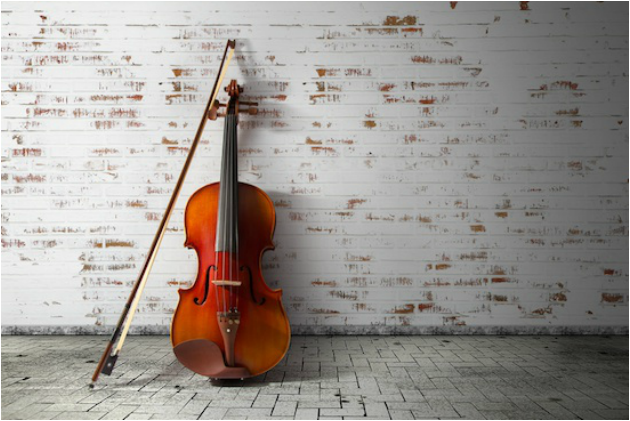
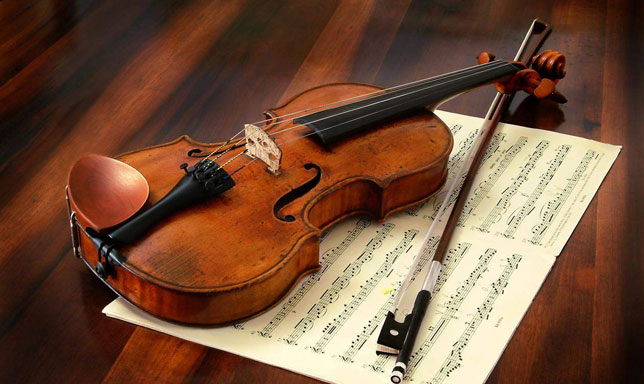
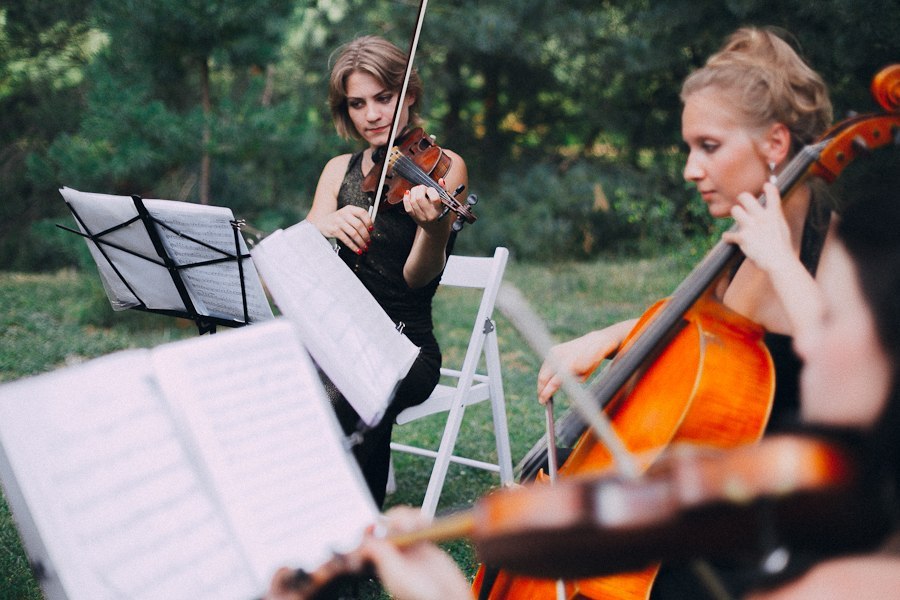
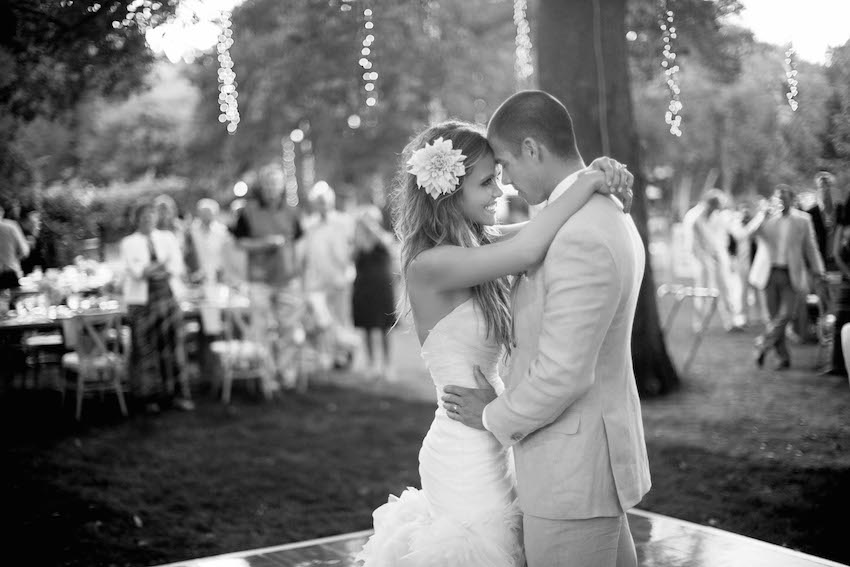
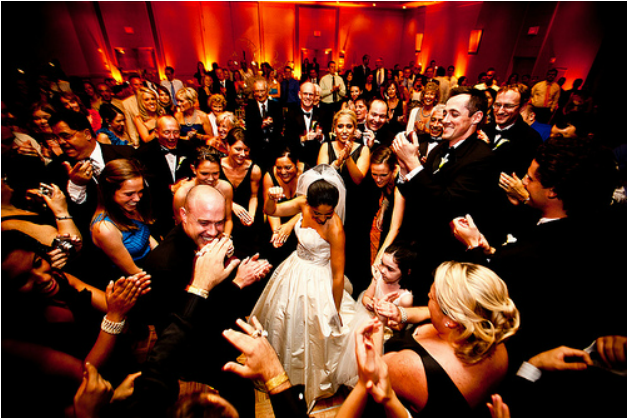
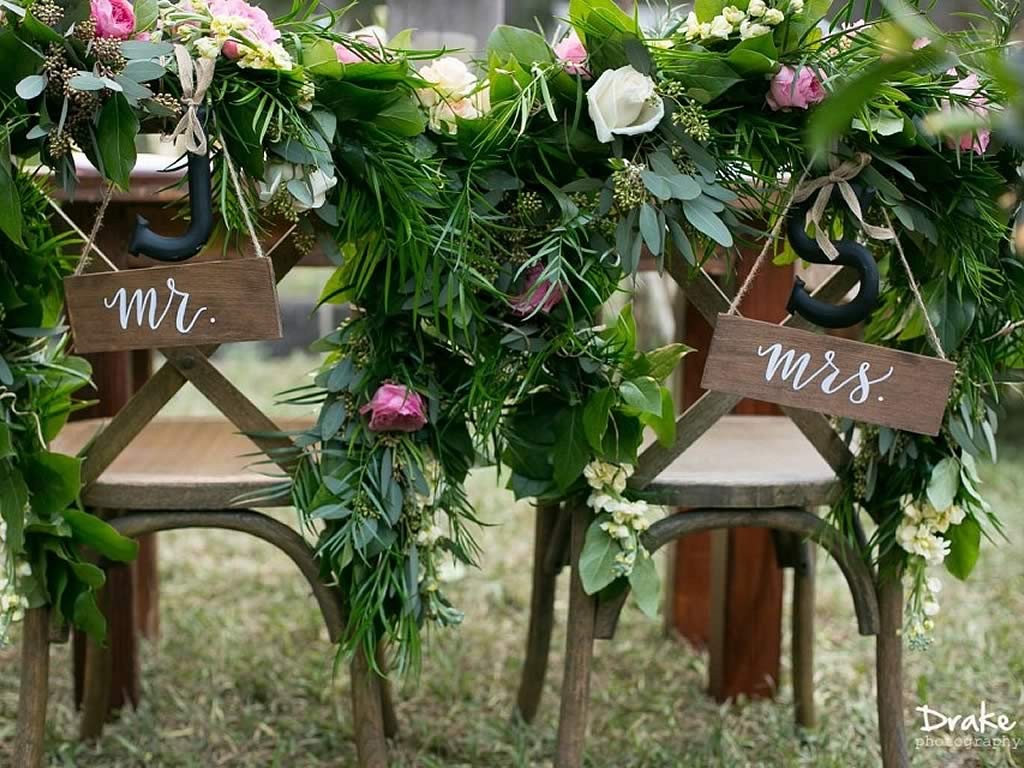
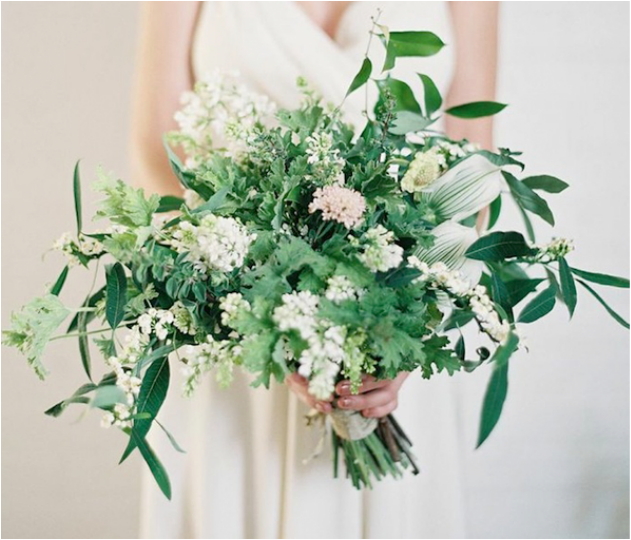
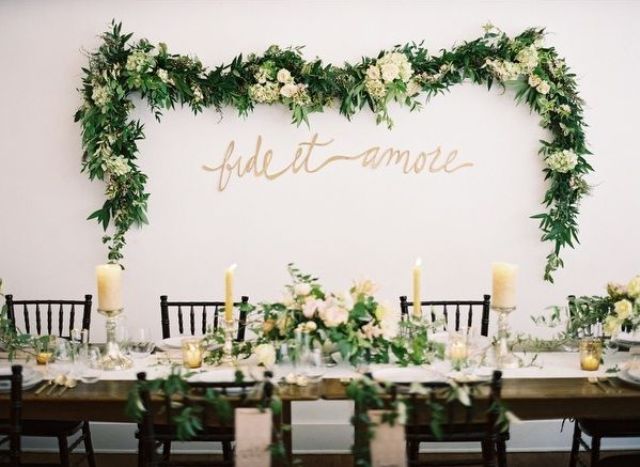
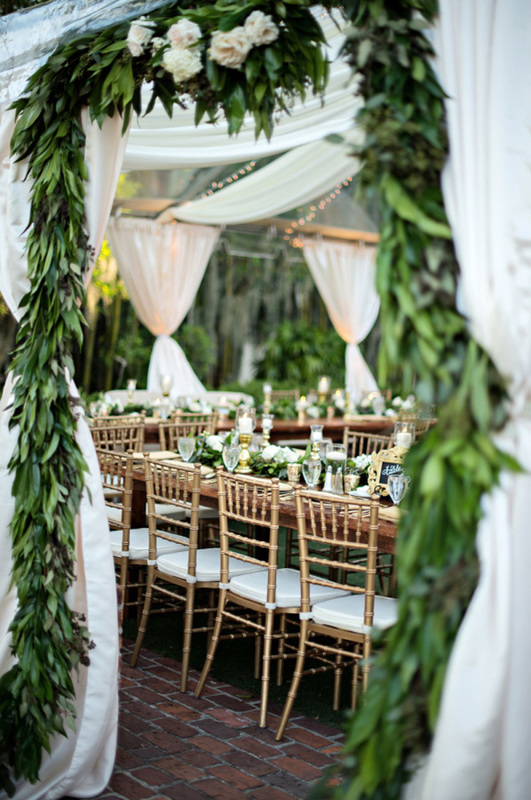
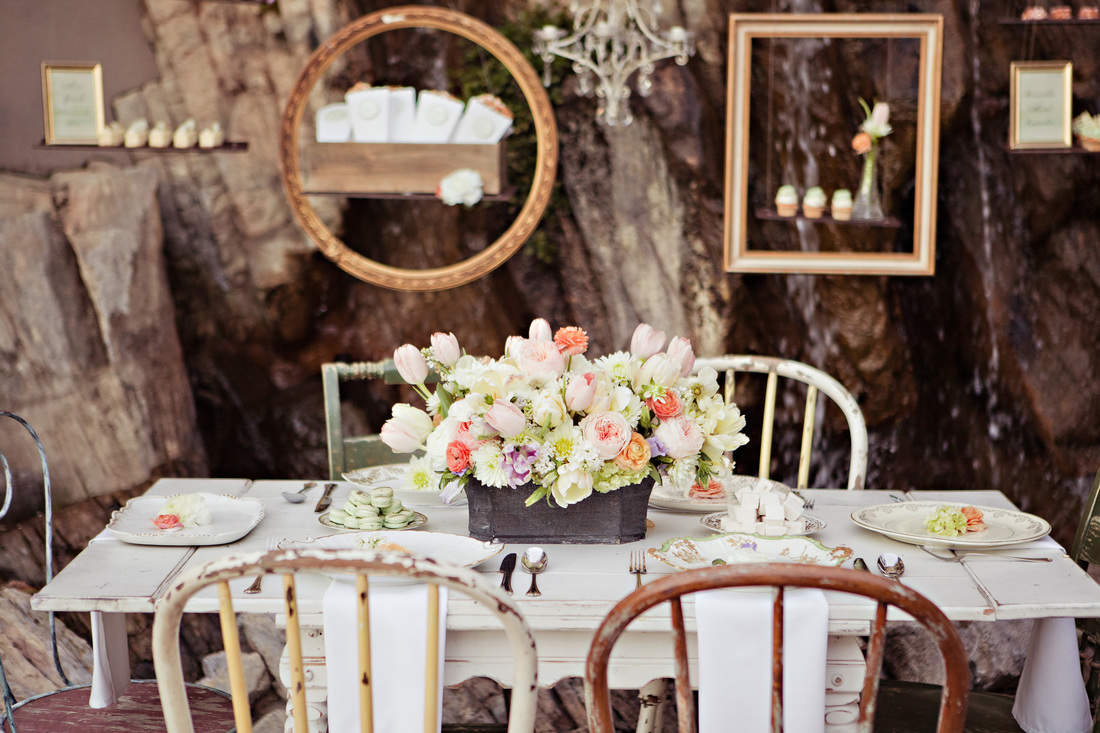
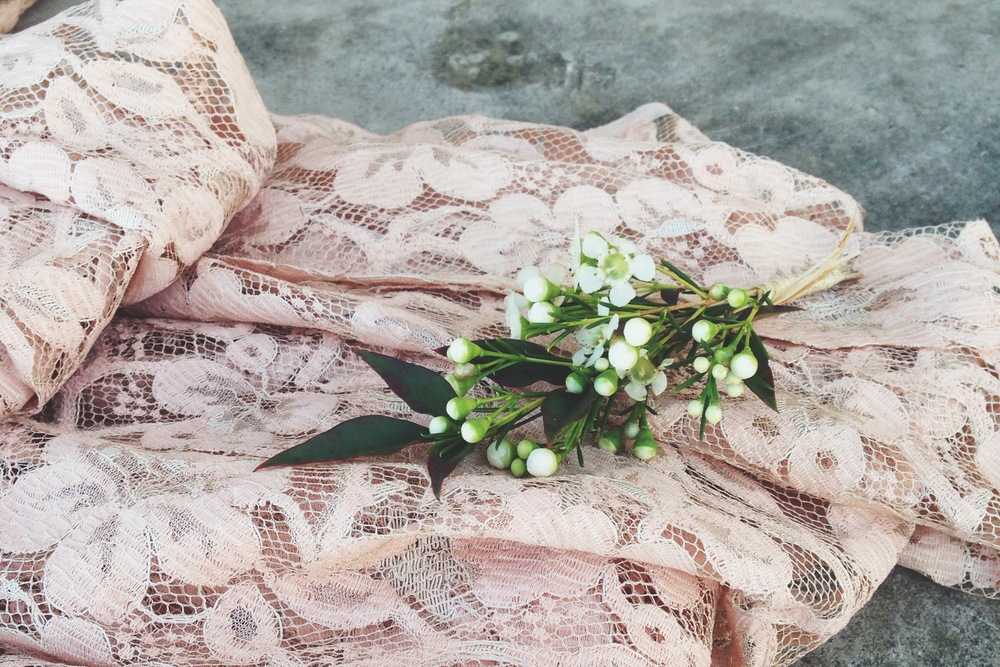
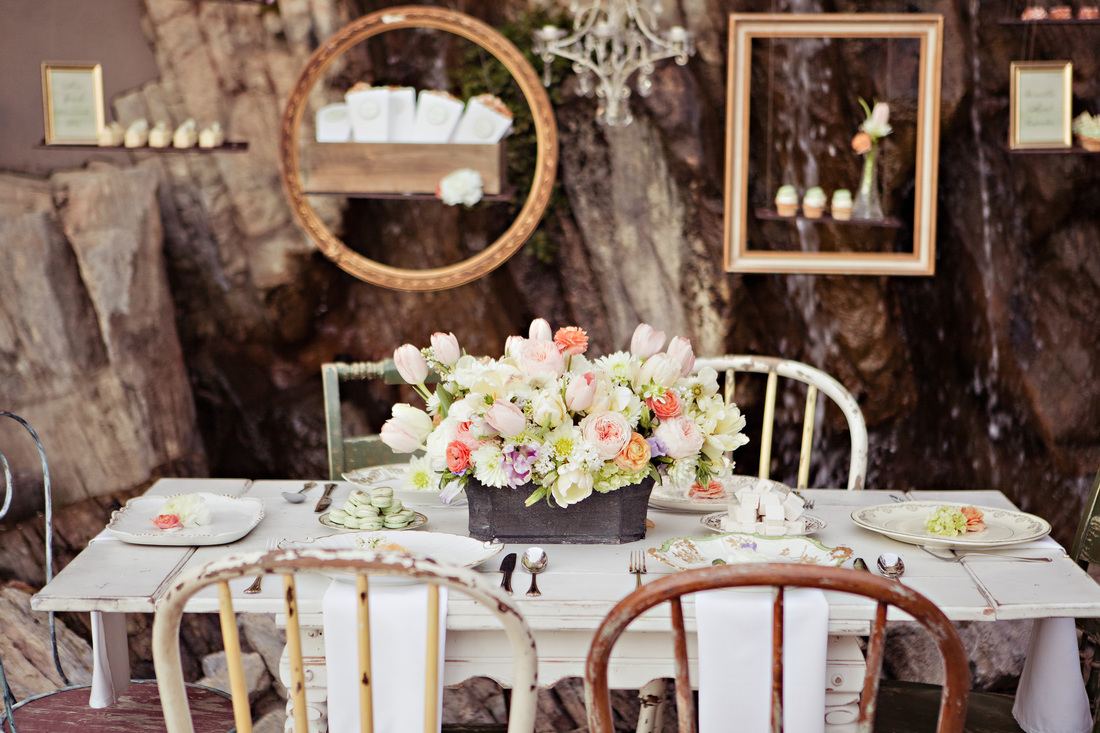
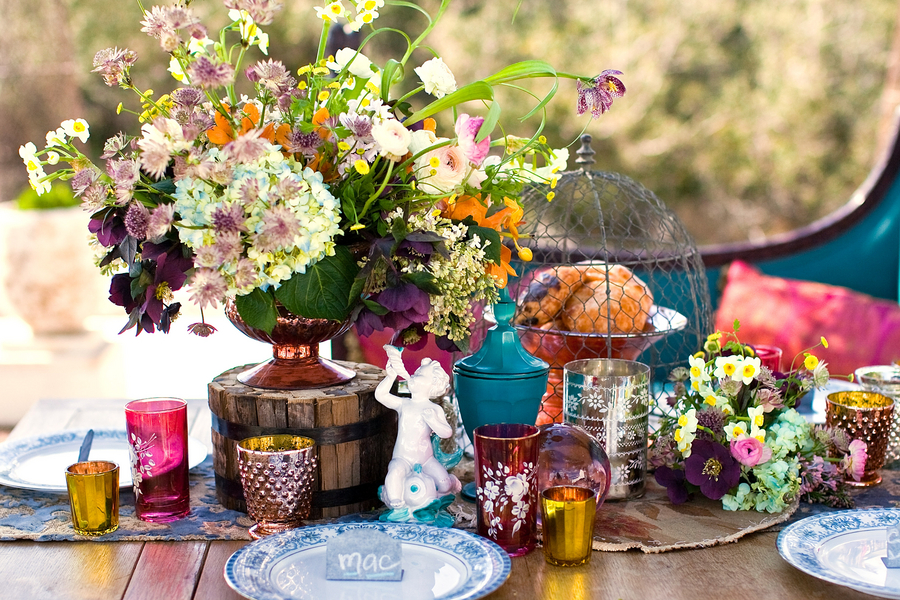
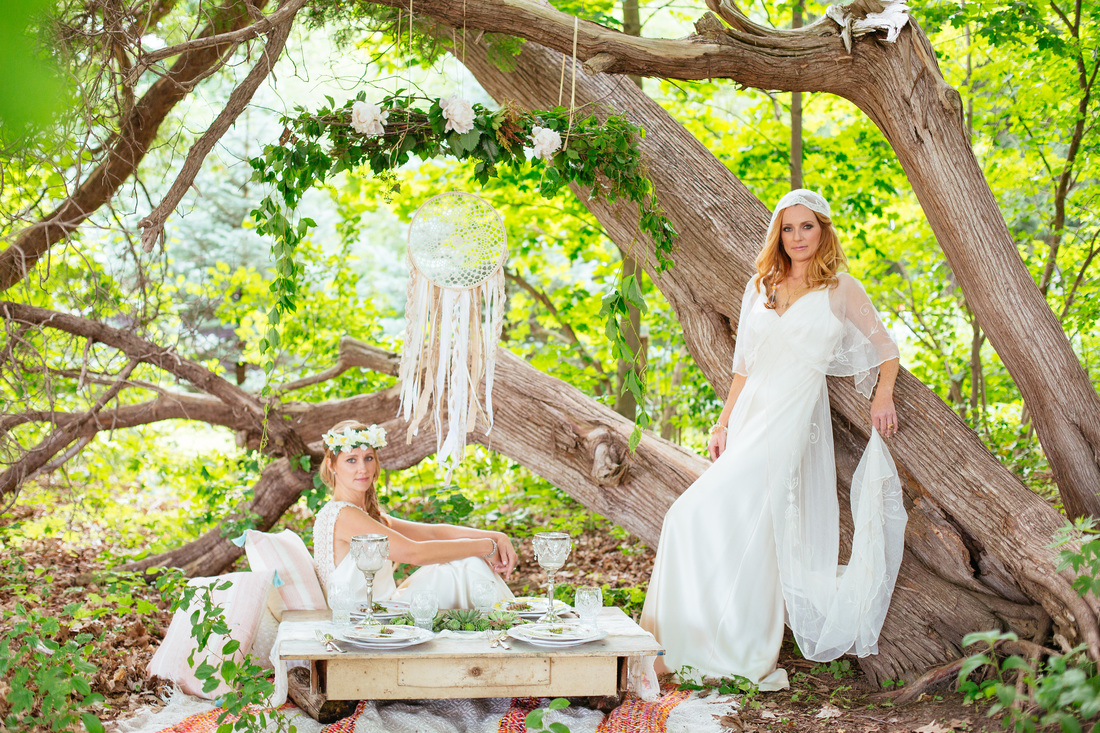
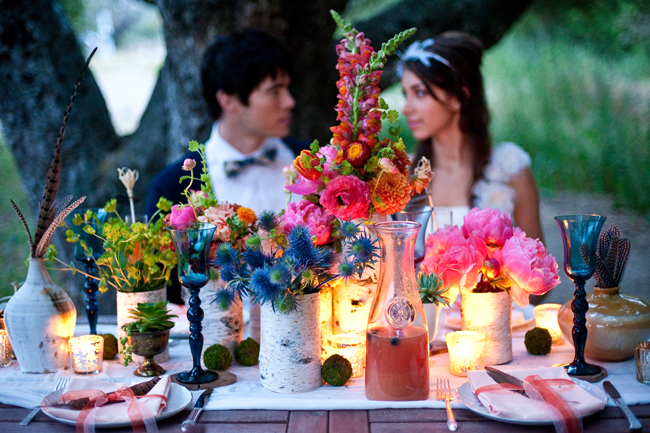
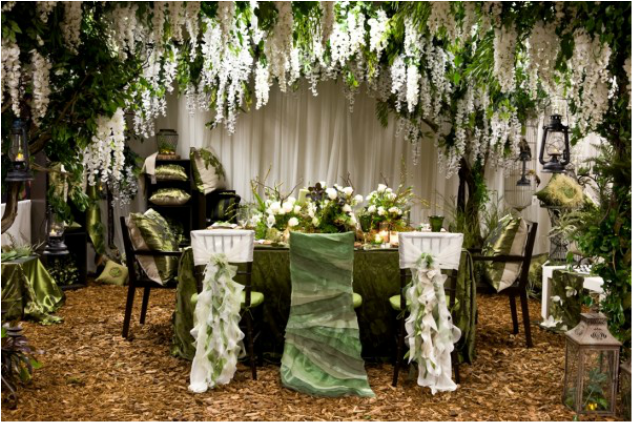
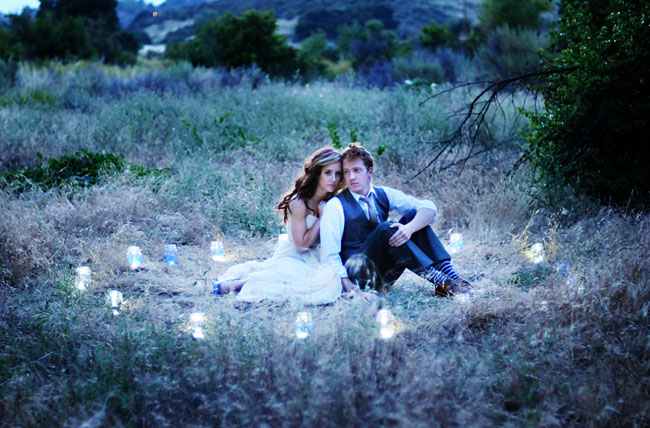
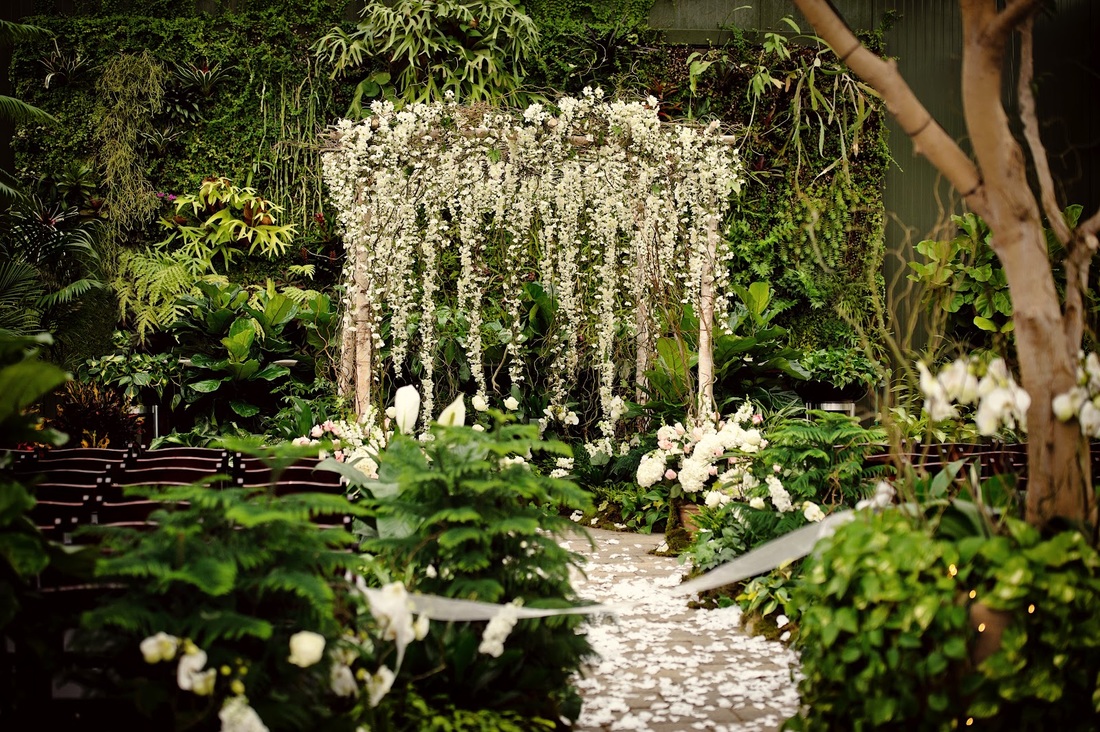
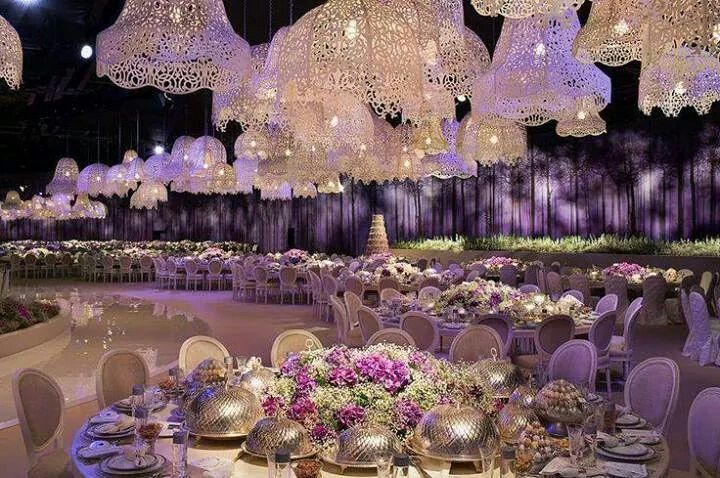
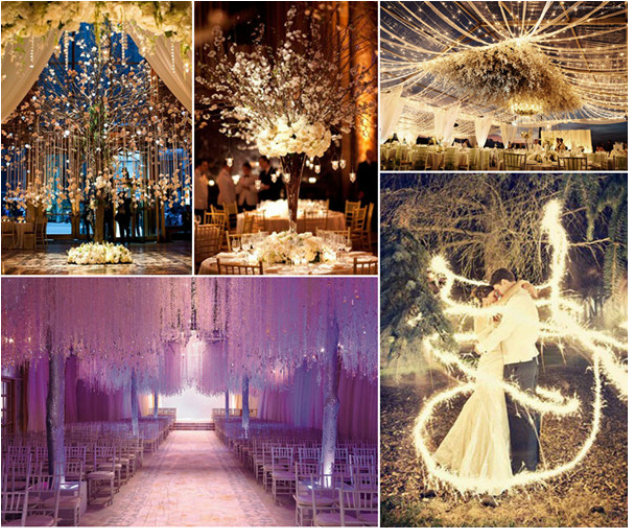
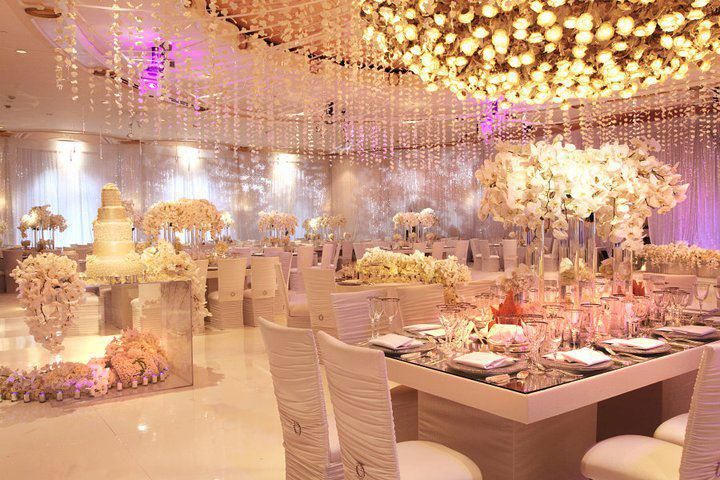
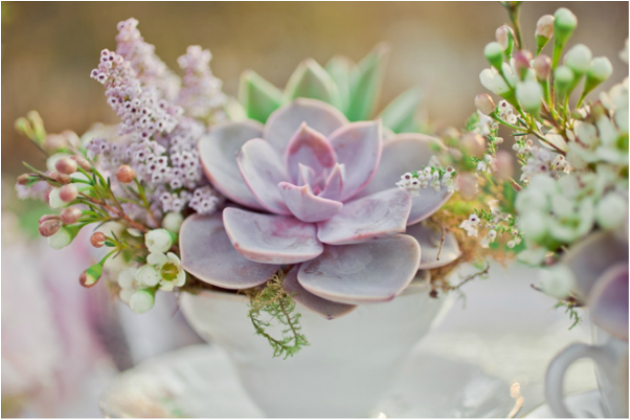
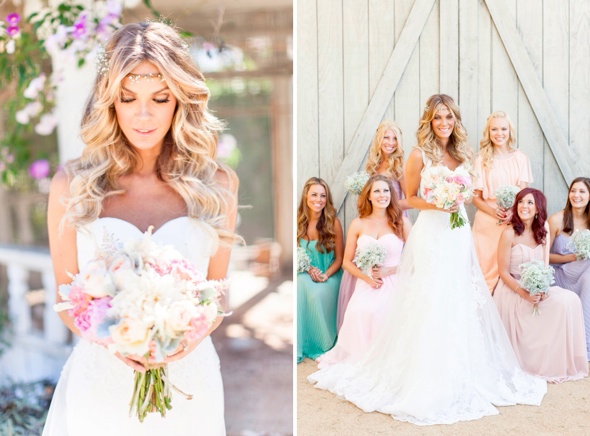
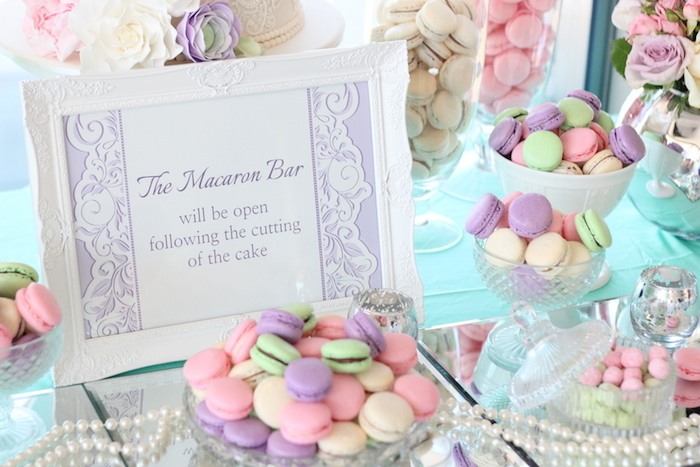
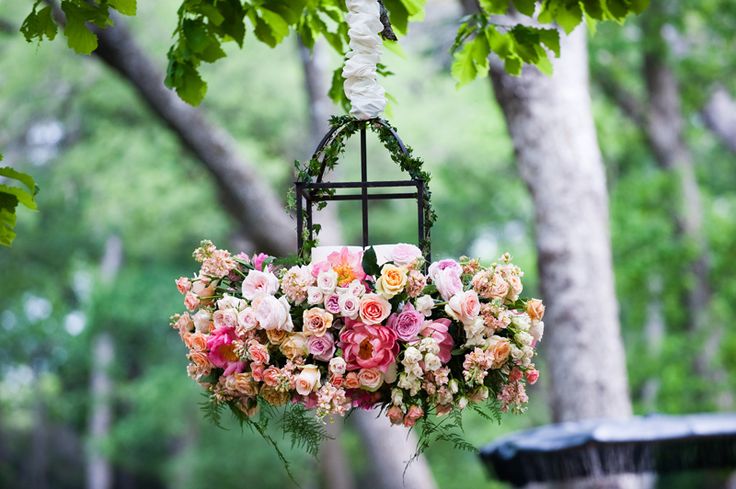
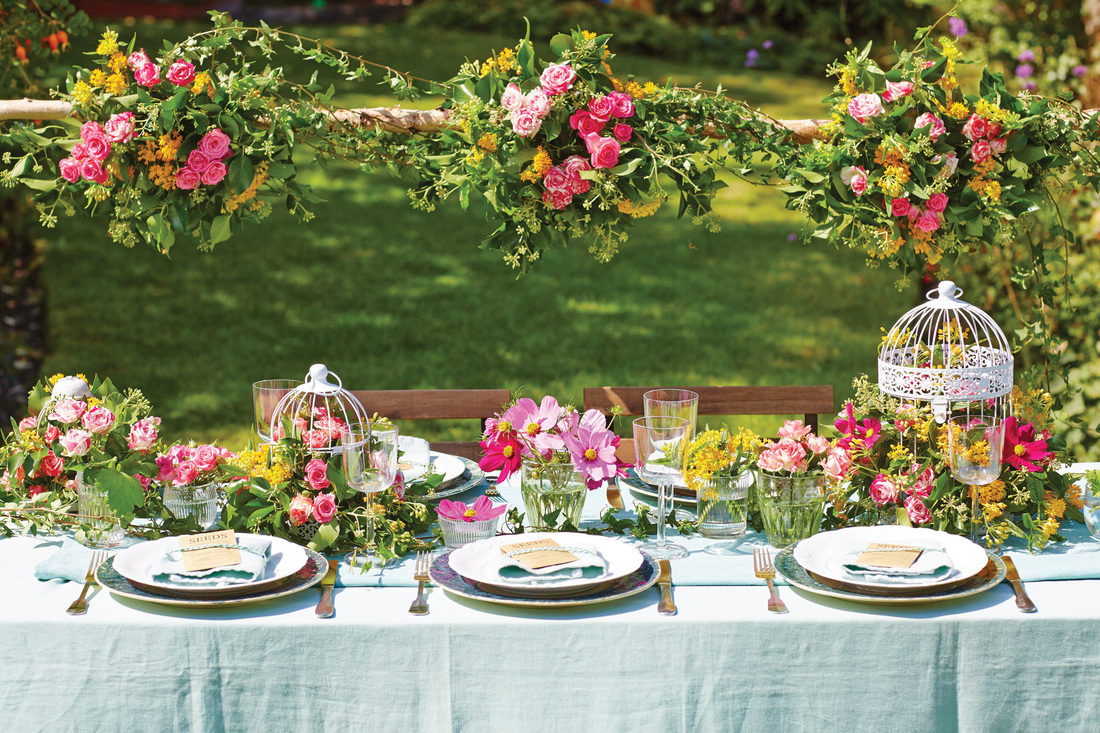
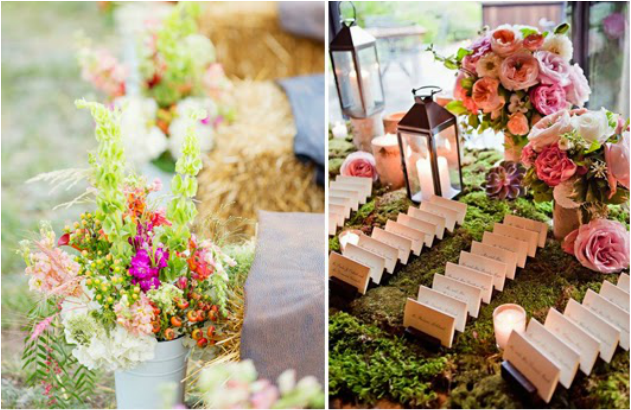
 RSS Feed
RSS Feed
